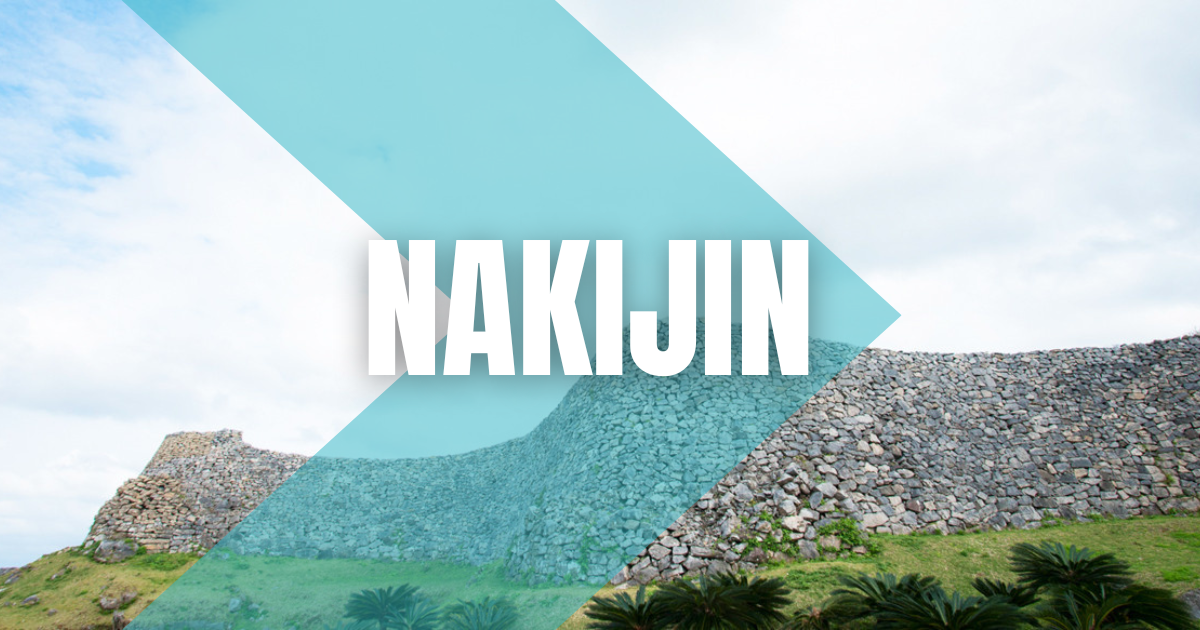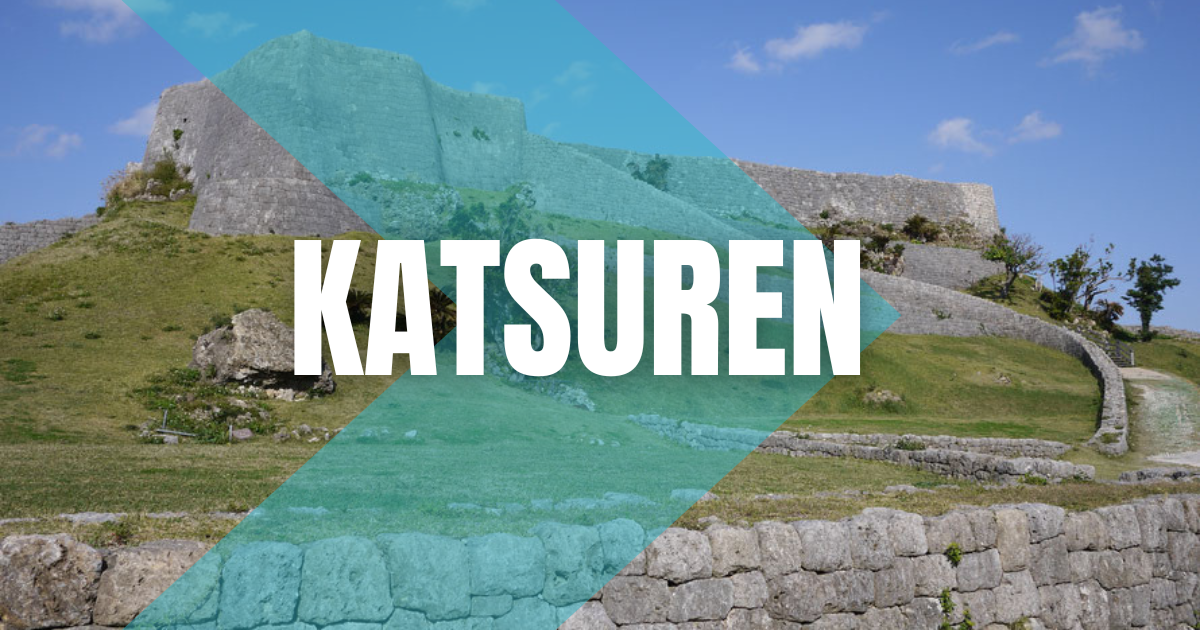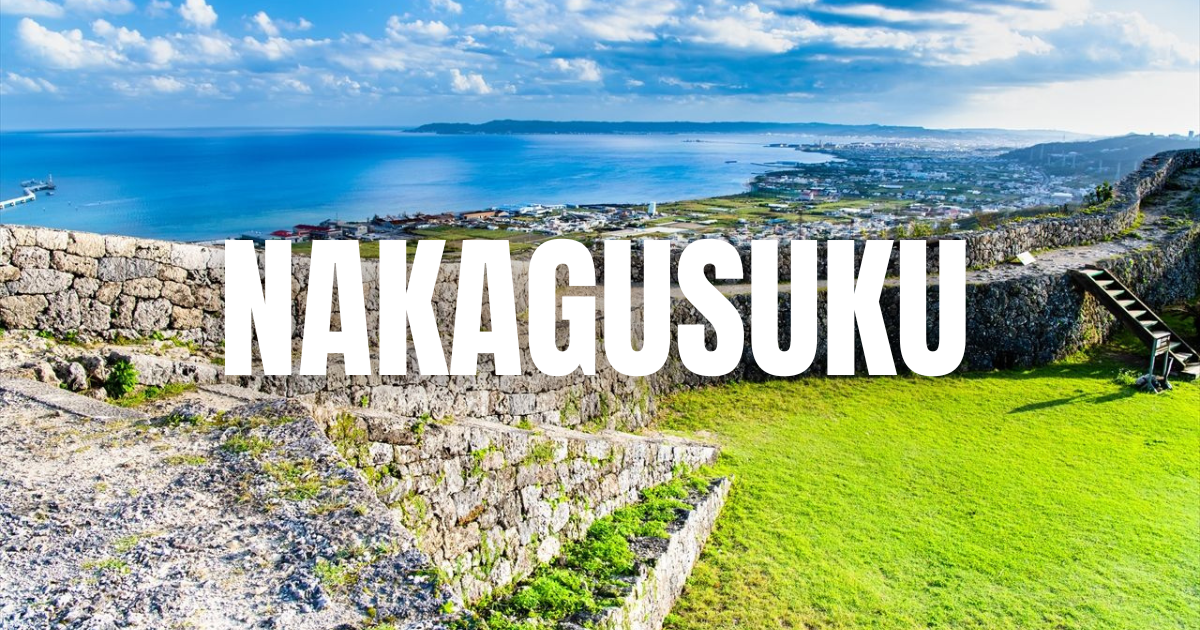Discover the Majestic Nakijin Castle: A Journey Through Time
Introduction
Welcome to the enchanting world of Nakijin Castle, one of Japan’s most awe-inspiring historical sites. Nestled in the lush landscapes of Okinawa, Nakijin Castle offers a unique glimpse into Japan’s rich heritage and the storied past of its samurai warriors. This Japanese castle is not just a relic of ancient times but a testament to the resilience and ingenuity of the Ryukyu Kingdom. Join us on this journey as we explore the fascinating history, breathtaking gardens, and unforgettable experiences that await at Nakijin Castle.
| Official site | https://www.nakijinjoseki-osi.jp/ |
| Address | 5101 Imadomari, Nakijin Village, Kunigami District, Okinawa |
| Entry Fee | 600yen |
Overview of Nakijin Castle
Nakijin Castle, a renowned Japanese castle, stands as a symbol of Okinawa’s historical significance. As one of the Best Castles in Japan, it attracts thousands of visitors each year who are eager to immerse themselves in its storied past. This ancient Japanese castle, also known as Nakijin Gusuku, dates back to the 14th century and served as a fortress for the powerful Ryukyu Kingdom. Its impressive stone walls and strategic location make it a must-visit for anyone interested in Samurai Castles and Japan Historical Sites.
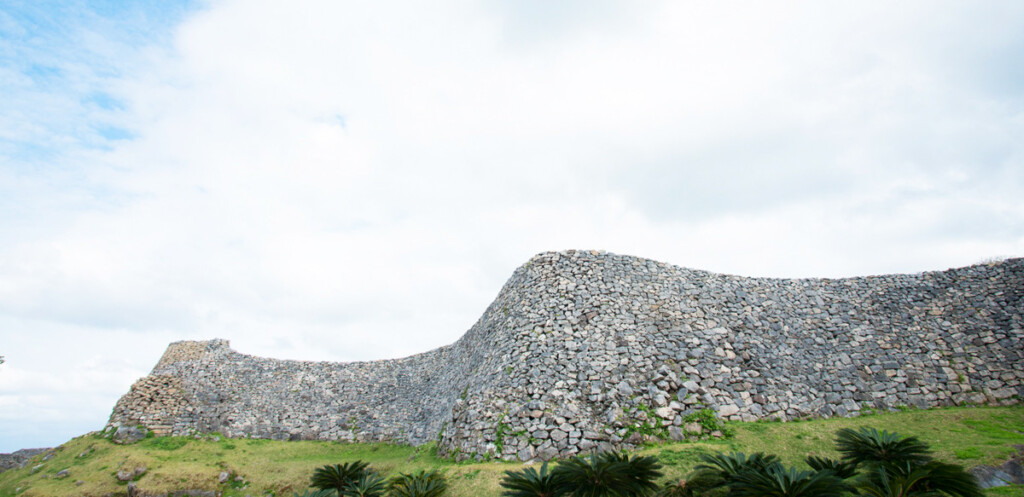
The History and Origins of Nakijin Castle
The Background of Its Construction
Nakijin Castle’s origins are deeply rooted in the history of the Ryukyu Kingdom. Constructed in the late 14th century, the castle was built by the Aji of Nakijin, a regional ruler, to protect the northern region of Okinawa Island. The choice of location was strategic, perched atop a hill with natural defenses provided by the surrounding forests and the East China Sea. This formidable fortress is an excellent example of the ancient Japanese castles designed to withstand invasions and internal conflicts.
The construction of Nakijin Castle reflects the unique architectural style of the Ryukyu Kingdom. Unlike other samurai castles on the Japanese mainland, Nakijin Castle features distinct stone masonry known as “nozura-zumi.” This method involves stacking natural stones without mortar, creating a robust and earthquake-resistant structure. The castle’s expansive grounds include multiple baileys, gates, and walls, each serving a specific defensive purpose.
The castle’s location was chosen not only for its defensive advantages but also for its cultural and spiritual significance. The site is home to several sacred spaces, including the Utaki, a place of worship for the indigenous Ryukyu religion. These spiritual elements highlight the castle’s role not just as a military stronghold but as a cultural and religious center for the local population.
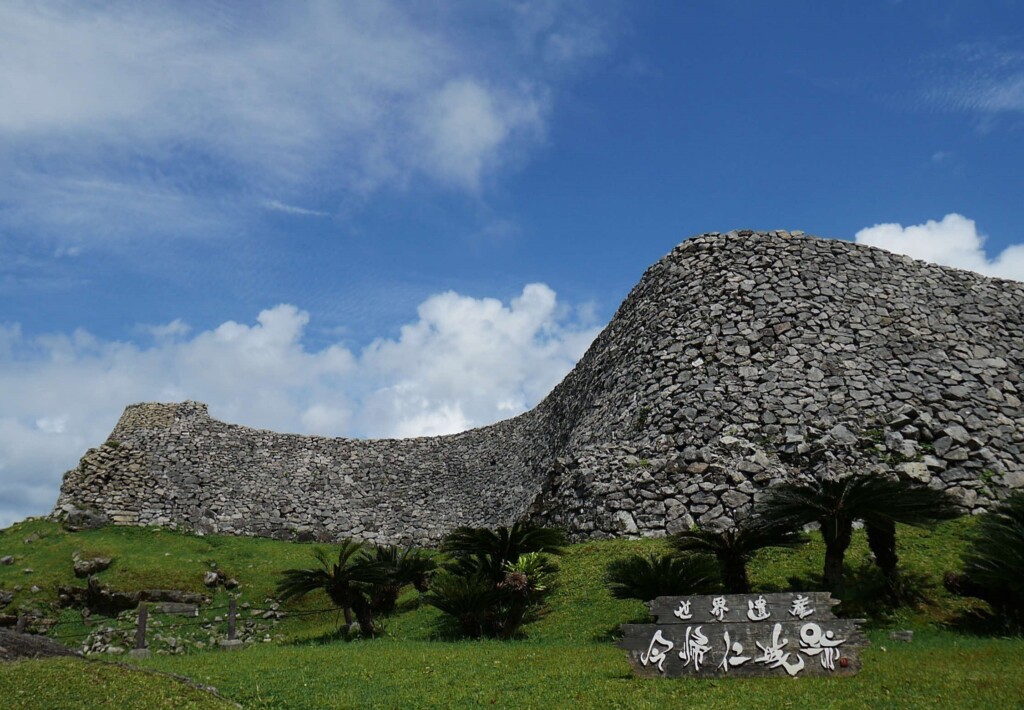
Historical Changes
Over the centuries, Nakijin Castle witnessed numerous historical changes. It played a crucial role during the Sanzan period when Okinawa was divided into three competing kingdoms. Nakijin was a stronghold for the Hokuzan Kingdom until it was conquered by the central Chuzan Kingdom in the early 15th century. The unification of Okinawa under the Ryukyu Kingdom marked the end of Nakijin’s military significance but ensured its preservation as a historical and cultural landmark.
Throughout the Ryukyu Kingdom’s reign, the castle remained an important site for administrative and religious activities. However, the 17th century brought new challenges as the Shimazu clan from Satsuma Domain invaded Okinawa. Despite these turbulent times, Nakijin Castle’s formidable defenses and strategic location helped it withstand many assaults, further cementing its place in Japanese history.
Gardens and Surrounding Nature
The Beauty of the Gardens in Every Season
One of the most captivating features of Nakijin Castle is its stunning gardens. The castle grounds come alive with vibrant colors throughout the year, offering visitors a picturesque setting to explore. In spring, the cherry blossoms create a breathtaking pink canopy, while the summer months bring lush greenery and blooming hibiscus flowers. Autumn transforms the landscape with rich hues of red and gold, and winter’s mild climate ensures a pleasant visit year-round.
Nature Trails and Highlights Around the Castle
Beyond the castle walls, the surrounding nature trails offer a serene escape into Okinawa’s natural beauty. These trails provide an excellent opportunity for visitors to discover the diverse flora and fauna native to the region. The nearby forests and coastal areas are perfect for leisurely hikes, bird watching, and enjoying panoramic views of the East China Sea. Key highlights include the Sakiyama Observation Deck, which offers a stunning vantage point for photography enthusiasts.
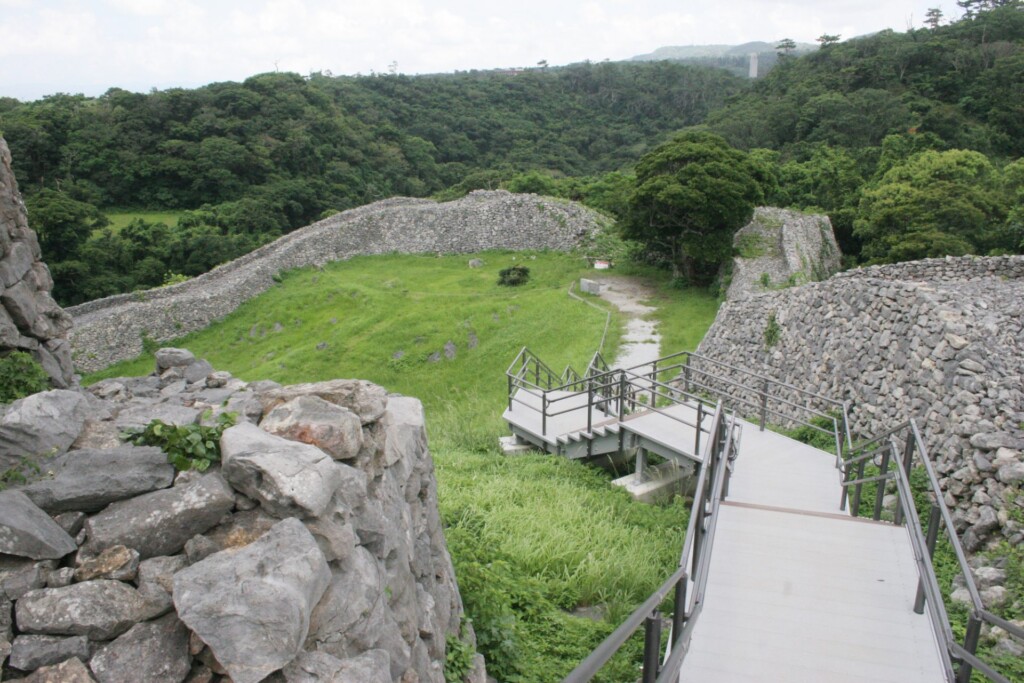
Must-See Attractions and Experiences
A visit to Nakijin Castle is incomplete without exploring its must-see attractions. The Nakijin Castle Remains, designated a UNESCO World Heritage Site, are a testament to the architectural brilliance of the Ryukyu Kingdom. Don’t miss the Nakijin Village History and Culture Center, where you can learn more about the castle’s storied past through interactive exhibits and artifacts. Additionally, experiencing traditional Ryukyu dance and music performances adds a cultural dimension to your visit.
Connections with Famous Lords
Their Involvement with Nakijin Castle
Nakijin Castle has been linked with several notable figures in Japanese history. The Aji of Nakijin, the castle’s original builder, played a pivotal role in the region’s governance and defense. During the Sanzan period, the castle served as a power base for the Hokuzan Kingdom. The Shimazu clan’s invasion in the 17th century brought new challenges, yet Nakijin Castle’s strategic significance endured.
Major Events
Special Seasonal Events
Nakijin Castle hosts several special events throughout the year, attracting visitors from around the globe. The Nakijin Cherry Blossom Festival, held every February, is a highlight, showcasing the castle grounds adorned with blooming sakura trees. The annual Nakijin Gusuku Fire Festival, featuring traditional Ryukyu fire rituals, offers a unique cultural experience. Visitors can also enjoy the Nakijin Summer Festival, with lively performances, food stalls, and fireworks.
| Date | Event | Details |
|---|---|---|
| Jan-20 to Jan-28 | Nakijin Castle Cherry Blossom Festival | The Nakijin Castle Cherry Blossom Festival is a highlight event featuring spectacular views of cherry blossoms illuminated against the historic castle ruins. Visitors can enjoy traditional Ryukyu performances and cultural experiences. The festival runs from 08:00 to 21:00, with the light-up from 18:00 to 21:00. Admission fees are 600 yen for adults, 450 yen for students, and free for children. |
| Jan-20 to Jan-28 | Nakijin Castle Moonlight Cherry Blossom Tour | Hosted by MCCS Okinawa, this special tour allows participants to experience the cherry blossoms under the moonlight, offering a unique and enchanting perspective of the Nakijin Castle ruins. The tour includes transportation from various locations and guided experiences. |
Souvenirs
Unique Souvenirs Available Only at Nakijin Castle
No visit to Nakijin Castle is complete without picking up some unique souvenirs. The castle gift shop offers a range of exclusive items, including traditional Ryukyu crafts, pottery, and textiles. Don’t miss the chance to buy locally produced snacks and sweets, such as Okinawan brown sugar and beni imo (purple sweet potato) treats. These souvenirs serve as perfect mementos of your visit to one of Japan’s most historic castles.
Access
Access to Nakijin Castle
By Car
From Naha Airport, it takes approximately 2 hours and 45 minutes to reach Nakijin Castle. Follow the Okinawa Expressway northbound and exit at Kyoda IC. From there, continue on Route 58 and then switch to Route 505 until you reach Nakijin Village. Nakijin Castle is located at 5101 Imadomari, Nakijin Village, Kunigami District, Okinawa Prefecture.
By Bus
From Naha Airport, take the Yanbaru Express Bus (Airport Line) to the “Nakijin Castle Ruins Entrance” bus stop. The journey takes about 2 hours and costs approximately 2000 yen. From the bus stop, it is a 15-minute walk to Nakijin Castle.
Alternatively, you can take the Highway Bus number 111 from Naha Bus Center to Nago Bus Terminal, which takes about 90 minutes. From Nago Bus Terminal, transfer to a local bus heading towards Nakijin Village and get off at the “Nakijin Castle Ruins Entrance” bus stop.
By Taxi
For a more direct route, taxis are available from Naha Airport and major hotels in Naha city. The ride takes around 2 hours and 30 minutes and costs approximately 20,000 yen depending on traffic conditions.
Bicycle
For adventurous travelers, renting a bicycle from nearby towns such as Motobu is an option. The scenic ride can take about 1 to 1.5 hours depending on your pace and is a great way to enjoy the natural beauty of Okinawa.

